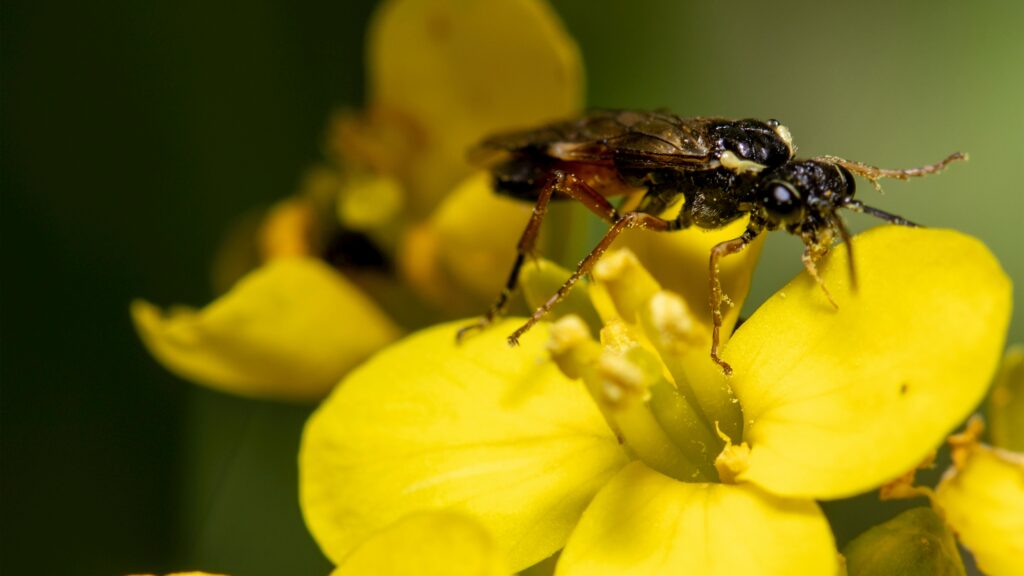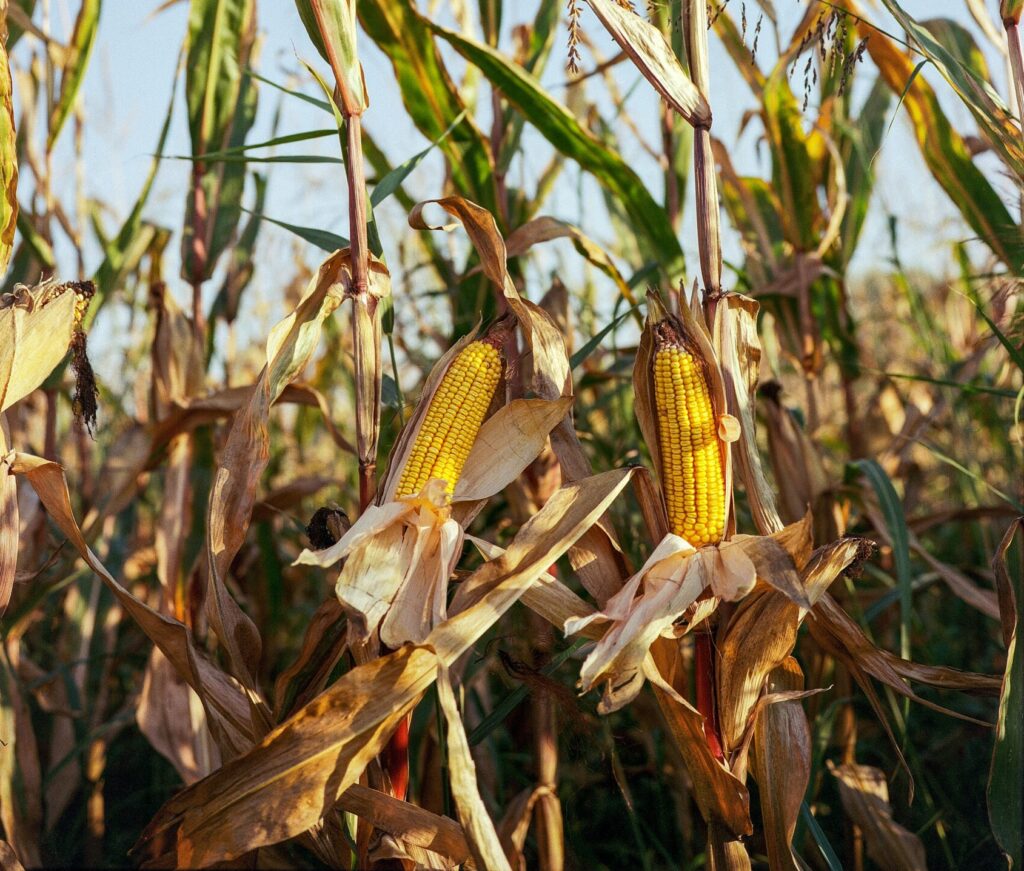Trees which can be grown in indoor
While traditional vegetable plants like tomatoes, peppers, and lettuce are typically grown in gardens or containers, the concept of “vegetable trees” indoors usually refers to larger, more perennial plants that can be grown in tree-like forms or as large bushy plants. Here are some examples of plants that can be cultivated indoors and might be considered “vegetable trees” due to their size, growth habit, or the way they produce edible parts:
Tree Tomato (Tamarillo)
The Tamarillo, also known as the tree tomato, is a small, fast-growing tree that produces egg-shaped fruits with a tangy flavor. These fruits can be used in salads, sauces, or eaten fresh.
Size:5 to 10 feet tall when grown indoors.
Light: Requires bright, indirect light and some direct sunlight.
Care:Water regularly, keeping the soil consistently moist, and provide good drainage.
Fruit :Bright red or yellow fruits that taste like a cross between a tomato and a citrus fruit.
Dwarf Mulberry Tree
Mulberry trees can be grown indoors as dwarf varieties, and they produce sweet, blackberry-like fruits. The tree itself has a bushy appearance, making it a good candidate for indoor growing.
Size:3 to 6 feet tall when grown indoors.
Light: Requires bright, indirect light and some direct sunlight.
Care: Water regularly, allowing the soil to dry slightly between waterings.
Fruit: Small, dark purple or red fruits that are sweet and can be eaten fresh or used in jams.
Drumstick Tree (Moringa Oleifera)
The Moringa tree, also known as the drumstick tree, is famous for its highly nutritious leaves, which can be used in cooking. It’s a fast-growing tree that can be kept indoors with proper care.
Size: 5 to 8 feet tall when grown indoors.
Light: Requires bright, direct sunlight (at least 6 hours a day).
Care:Water regularly, allowing the soil to dry out between waterings.
Edible Parts: Leaves, pods, and seeds, which are highly nutritious and can be used in various dishes.
Olive Tree
While traditionally grown outdoors, dwarf varieties of olive trees can be grown indoors and can even produce olives with the right care.
Size:3 to 6 feet tall when grown indoors.
Light: Requires bright, direct sunlight (at least 6 hours a day).
Care:Water when the top inch of soil is dry, and ensure good drainage.
Fruit: Small, green to black olives that can be cured and eaten or used to make olive oil.
Curry Leaf Tree (Murraya Koenigii)
The curry leaf tree is prized for its aromatic leaves, which are commonly used in Indian cuisine. The tree can be grown indoors in a container, and the leaves can be harvested as needed.
Size:4 to 6 feet tall when grown indoors.
Light:Requires bright, indirect light or some direct sunlight.
Care:Water regularly, allowing the soil to dry out between waterings.
Edible Parts :Leaves, which are used to flavor various dishes.
Bay Laurel (Laurus Nobilis
Bay laurel is an evergreen tree known for its aromatic leaves, which are used as a seasoning in cooking. The tree can be grown indoors in a large pot, providing a steady supply of fresh bay leaves.
Size:4 to 6 feet tall when grown indoors.
Light: Requires bright, indirect light and some direct sunlight.
Care:Water when the top inch of soil is dry, and ensure good drainage.
Edible Parts Leaves, which are used to flavor soups, stews, and other dishes.
Indoor vegetable trees offer a unique way to grow edible plants in your home. While they require more space and care than smaller plants, the reward of harvesting your own fruits or leaves from these trees can be worth the effort. Whether you’re growing a small olive tree, a curry leaf tree, or a dwarf avocado, these plants can add beauty and functionality to your indoor garden. Choose the one that fits your space and enjoy the process of growing your own indoor “vegetable trees.”
















